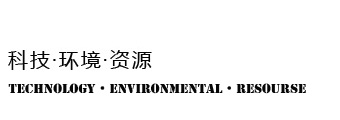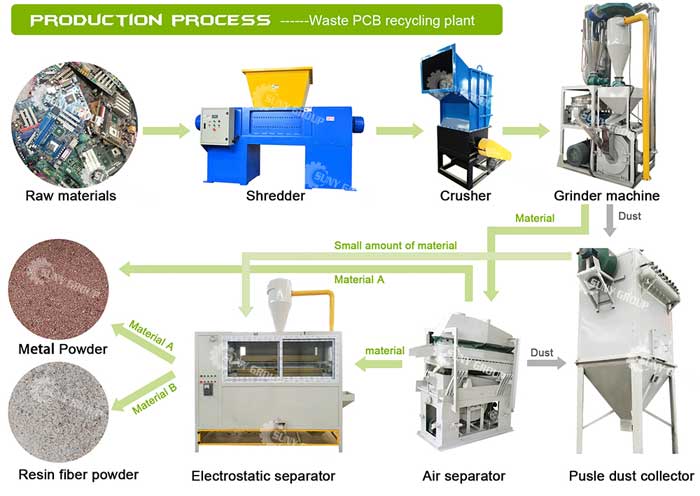Recycling process of various waste electronic and electrical equipment
Electronics and appliances are widely used in our daily and industrial activities. The scrapped electronic and electrical waste (WEEE) should be properly disposed of according to different types, and its effective resources should be recycled while avoiding pollution. Generally speaking, factories authorized to dispose of these electronic and electrical wastes have machines and equipment to safely dispose of these wastes. Typically, within the same factory there are different production lines dedicated to processing different types of e-waste, and within the processing center there are storage areas for the temporary storage of the same type of waste. The possible presence of hazardous components inside the device must be taken into account during disposal to prevent the risk of contamination.
In fact, a large part of the e-waste recycling process is still carried out manually by professionals: only in this way can the harmful substances contained in the waste be safely removed. The use of specialized machines remains at the heart of the entire processing line, following its dismantling: let’s take a look at which tools are used on the market to process the different types of electrical and electronic equipment waste.
refrigeration equipment
Refrigeration equipment (refrigerators, freezers, industrial or professional refrigeration equipment, air conditioners, etc.) is characterized by the presence of refrigerant circuits that may contain hazardous gases that are harmful to the ozone or used for thermal insulation and must be properly disposed of to avoid dispersion into the atmosphere. For these reasons, refrigeration equipment must remain intact during all stages of collection, transport and storage and must only be disassembled in specialized disposal centres. The recycling process for refrigeration equipment is as follows:
Manual disassembly of components
Safe removal of gas present in refrigerant circuits
Removal of the compressor (separate process to recover components present in the engine)
Break the device case to a size of a few centimeters
Separate the broken iron
Further crushing and separation of non-ferrous metals (aluminum and copper) and plastics from the crushing residue
At the end of the process, iron, plastic, copper and aluminum are obtained, ready to be sent for recycling.
Large White Goods
Refers to large household appliances that do not contain refrigerants, such as washing machines, dryers, dishwashers, stoves, microwave ovens, heating systems, etc.
The treatment process for this waste typically involves manual dismantling to remove hazardous components (mercury, asbestos), motors and other critical components, followed by shredding the casing of the appliance using a two- or four-shaft shredder to reduce size and Separation of ferrous, non-ferrous and plastic components.
TVs and display screens
It mainly includes older cathode ray tube monitors as well as flat panel monitors and televisions. Equipment equipped with cathode ray tubes must be handled separately from other equipment, separating the casing (almost always made of plastic, rarely wood) from other components. Insulating sleeves can be shredded and sent for recycling, while cathode ray tubes must be disassembled and recycled separately to prevent harmful substances from spreading into the environment.
Flat-panel displays must also be disassembled with special care to avoid damaging the valuable screen components and to recycle the various raw materials present within. According to its recycling value, it can be dismantled, crushed and separated using manual + mechanical methods.
small appliances
Including all kinds of small electrical appliances, such as air humidifiers, stereos, sweeping robots, etc., they are very different before, so they must be classified first before disposal, and then remove the dangerous parts (usually manually disassembled), Crushing and separation of the material is then carried out.
Non-hazardous parts are usually shredded using twin-shaft or quad-shaft crushers to reduce size, then magnetic separators, eddy current separators, classifiers, etc. are used to separate out iron, aluminum, brass, plastics, etc.
lighting device
It mainly refers to fluorescent tubes and other lighting equipment that contain harmful substances such as mercury and require special treatment. Before treatment, the mercury component in the equipment should be separated, and then the glass, metal and plastic in it should be recycled.








Leave a Comment